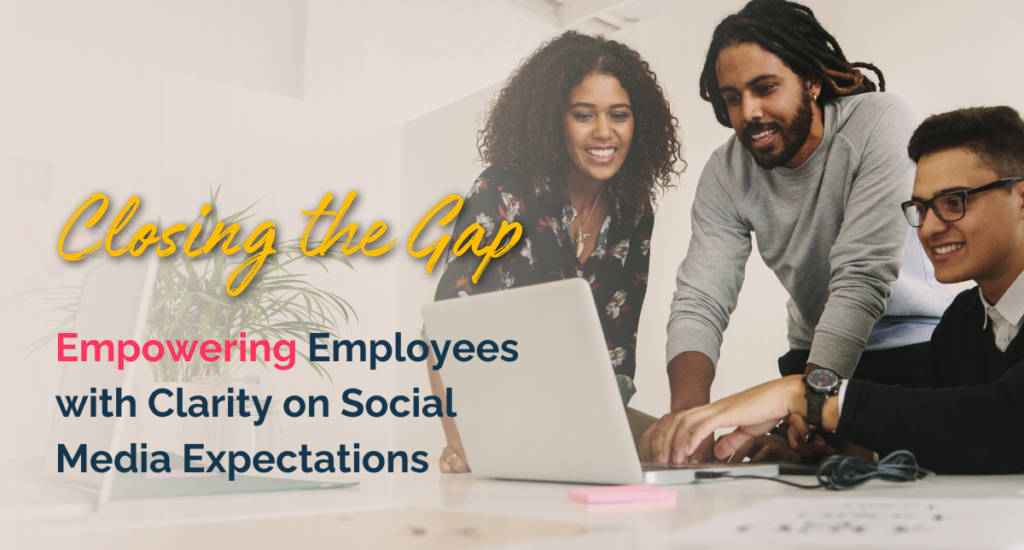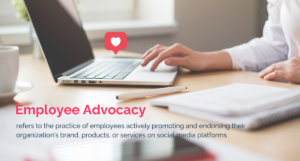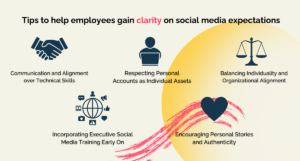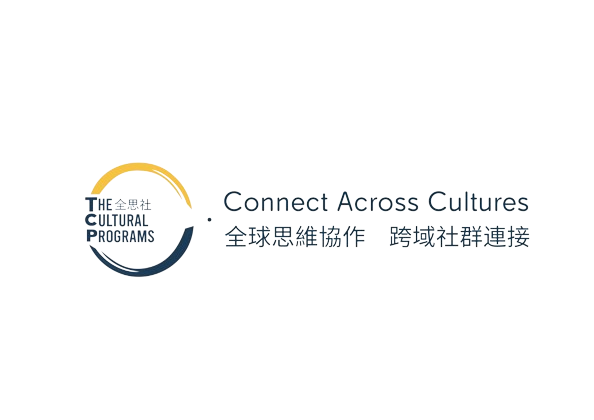
Closing the Gap: Empowering Employees with Clarity on Social Media Expectations
Closing the Gap: Empowering Employees with Clarity on Social Media Expectations https://tcpgrowth.com/wp-content/uploads/2024/02/1709001255950-1024x550.png 1024 550 Margot Margot https://secure.gravatar.com/avatar/75f28def25c851b6f804ac2b5cd1e63c3d690c4a349608ae1b4e08eee760a942?s=96&d=mm&r=g- Margot
- no comments
Lately, I’ve been receiving many requests for executive training on personal branding and social media best practices for employees. It’s interesting to see how this trend is growing, especially since Ogilvy‘s latest 2024 research confirms that employee advocacy is becoming a prominent influencer marketing trend for brands. This discovery has made me even more curious and motivated to explore the significance of empowering employees with a clear understanding of social media, personal branding and thought leadership.
No doubt, with the use of artificial intelligence, content creation makes it much more efficient. And since we are in such a volatile age where digital communication permeates every aspect of our lives, the influence of employee advocacy on social media has reached new heights.
So what is employee advocacy on social media?
Employee advocacy refers to the practice of employees actively promoting and endorsing their organization’s brand, products, or services on social media platforms. It involves employees sharing company-related content, expressing their personal experiences, and showcasing their expertise to amplify the organization’s message. This form of advocacy harnesses the reach and influence of employees’ social networks, extending the brand’s reach and credibility.
Studies have shown that employee advocacy can significantly impact brand perception and customer trust. According to a research conducted by Edelman Trust Barometer, 76% of people trust content shared by “regular” employees more than content shared by the organization’s official accounts.
The power of employee advocacy lies in its authenticity and the personal connections employees have with their networks, making it a valuable strategy for organizations to leverage in today’s digital landscape.

However, from my recent observations, many business leaders and employees face challenges when it comes to embracing platforms like LinkedIn. Some are hesitant to create accounts, while others fear losing control over their own voices. Bridging this gap requires early communication and providing employees with clear guidelines on social media expectations. In this article, we will explore the importance of empowering employees with clarity on social media expectations and how it can drive employee advocacy and organizational success.
Personally, I have encountered similar situations where I found myself unsure about how to navigate the intersection of my professional thought leadership and the organization's messaging. It was during these instances that I realized the importance of early communication and setting clear expectations.
When employees are given a comprehensive understanding of what is expected of them on social media, it empowers them to confidently represent the organization while maintaining their individuality. Here are some of the tips to help employees gain clarity on social media expectations.

- Communication and Alignment over Technical Skills
While learning the technical aspects of personal branding and LinkedIn training are valuable, it is equally important to focus on internal communication and alignment with employees. Employees need a deep understanding of the company itself, including its culture, values, and unique selling propositions. Without effectively communicating these core values, even the most skilled employees may struggle to make an impact. That’s why communication and alignment come first. It is essential to establish clear guidelines and expectations that help employees align their personal voices with the organization’s values. By fostering open dialogue and providing guidance, organizations can empower their employees to become passionate advocates while maintaining their individuality.
- Respecting Personal Accounts as Individual Assets
It is crucial to recognize that employees’ social media accounts are personal assets, often linked to their personal email addresses. Organizations must respect this personal space and empower employees to express their expertise, perspectives, and experiences in a genuine manner. By doing so, companies can leverage their employees’ networks and influence to amplify positivity and communicate the values the organization stands for. However, in cases where a senior executive assumes a spokesperson role with company involvement in thought leadership content creation, clear communication and agreement early on are vital to establishing expectations and boundaries. This ensures a harmonious balance between personal expression and organizational alignment.
- Balancing Individuality and Organizational Branding
Empowering employees on social media is not about requiring them to talk about their work achievements or blindly share company posts. Instead, it is about encouraging them to authentically express themselves while communicating clearly on the organization’s values. By striking a balance between individual expression and organizational branding, employees can make meaningful contributions. For instance, executives can be encouraged to share their industry expertise, insights, and thought leadership while also expressing their views on company activities, new service launches, or social initiatives. This approach ensures that employees feel valued and their contributions have a meaningful impact.
- Incorporating Executive Social Media Training Early On
To address hesitations and empower employees, companies should consider incorporating social media personal branding and organizational alignment training early on, even during employee orientation. By setting clear expectations from the beginning, employees who may not have prior exposure to thought leadership or executive social media can gain insights and understand how their personal and professional lives can intersect on social platforms. This early training instills confidence and clarity, paving the way for effective employee advocacy.
- Encouraging Personal Stories and Authenticity
Encouraging personal stories and authenticity in employee advocacy not only enhances brand engagement but also improves human connection. Research has shown that sharing authentic stories can foster emotional connections and build trust between individuals. By encouraging employees to share their positive and personal stories that reflect their experiences within the organization, a deeper level of connection can be established with their networks. These unique perspectives and genuine moments create a sense of relatability, enhancing the effectiveness of their advocacy efforts.

In the era of digital connectivity, employee advocacy holds immense power for organizations. By closing the gap and empowering employees with clarity on social media expectations, companies can tap into their employees’ networks and influence them to amplify positive messages and values. By doing so, organizations can foster a culture of empowered employee advocacy, driving success and amplifying their impact in the digital world.
I invite you to reflect on these four important questions:
- By now, how do you currently feel about the idea of creating a LinkedIn account and sharing your knowledge and expertise with your colleagues?
- How do you plan to integrate this knowledge within your teams to enhance the organization’s employee advocacy efforts?
- In what ways have you empowered employees on social media?
- What strategies have you found effective in aligning individual voices with organizational goals?
Share your thoughts and experiences in the comments with us. Let’s continue the conversation and work together to close the gap, empower employees, and harness the true potential of employee advocacy.
- Posted In:
- Margot Ling
- Uncategorized

